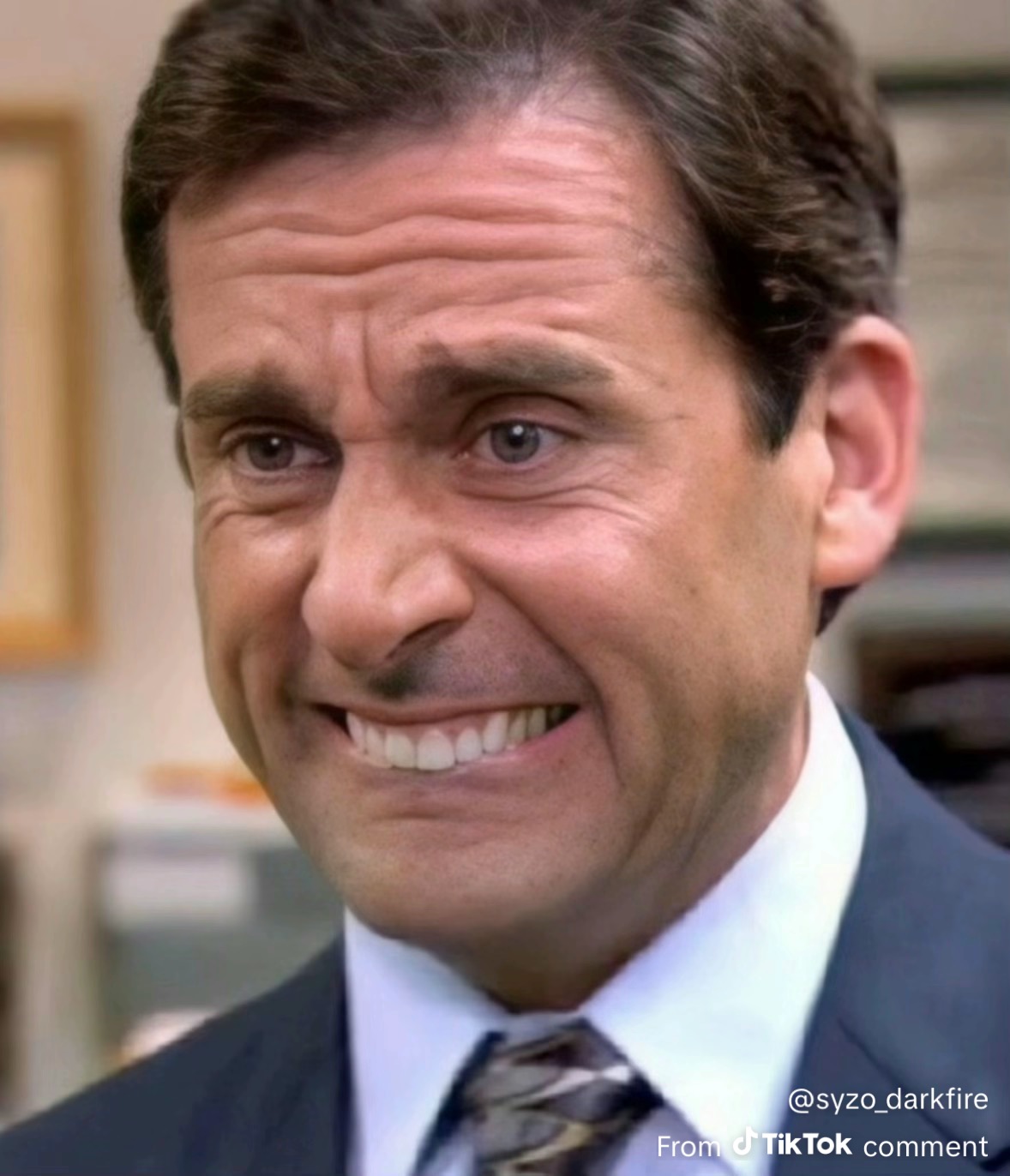Brain
Cards (57)
- The brain can be divided into a number of areas or section
- A) cerebrumB) diencephalonC) brainstemD) cerebellum
- Region of the brain through which all sensory and motor pathways pass and which contains vital control centers
- What passes through brainstem structure
- What two major physiological systems are controlled here
- What enters and exits via cranial nerves
- What are teh cardiovascular control centers found in brainstem
- What are the respiratory control centers found in brainstem
- A) cranial nervesB) brainstemC) spinal cordD) cerebellum
- Brain region containing the thalamus and hypothalamus
- Major relay center that processes sensory input to the brain
- What is Thalamus primary role
- What type of neural information does thalamus receive
- Brain region tha tregulates basic physiological function
- What are the three key function hypothalamus control
- Region at the back of the brain that coordinates movement and balance
- Where is cerebellum located
- 3 main souce of input and their function for cerebellum
- The largest part of the brain, divided into right and left hemispheres
- How is cerebrum divided
- What connects cerebrum's two hemisphere
- What are the two key functional regions within cerebrum
- Both hemisphere perform what two general functions
- The neural bridge connecting the brain's right and left hemisphere
- Primary function of corpus callosum
- What two visual processing tasks does right hemisphere specialise in
- What 2 language related fuction does left hemisphere handle
- Several deep brain areas within the cerebrum involved in movement control
- Main function of the basal ganglia
- The highly folded surface layer of the cerebrum
- Why is the cortex folded
- What are the four main regions of cerebral cortex
- A) ThalamusB) Basal gangliaC) hypothalamus
- The anterior portion of the cerebral cortex
- The lateral portion of the cerebral cortex
- The superior portion of the cerebral cortex
- The posterior portion of the cerebral cortex
- A) parietal lobeB) frontal lobeC) temporal lobeD) occipital lobe
- A) somatosensory cortexB) primary motor cortexC) broca speech areaD) primary auditory areaE) primary visual cortex
